The Real Problem
game design • ux/ui • blender
sep 2023–present
This game was created as a part of my master’s thesis and it concerns itself with the phenomenon of conscious perception. It allows players to embody different creatures, resulting in a change in the perception of in-game environment. The concept is based mainly on the works of neuroscientists Anil Seth and Mark Solms and it is still in development. Everything released so far is available on itch.io.
How can I talk about complex ideas?
Most current world problems could classify as hyperobjects and even us designers seem to struggle with communicating them in a way that would retain their complexity and at the same time be accessible to ordinary people. I wondered whether video games were something that could be used to better talk about these complex ideas and I decided to explore that with my master’s thesis. The concept of consciousness always interested me and it seemed like the perfect candidate for my experiment, as we currently have no way of proving whether something or someone is conscious and how that consciousness might look like, but at the same time we have enough scientific research to wonder about those questions in an educated way. My main sources of knowledge and inspiration were The Hidden Spring by Mark Solms and Being You by Anil Seth, with the latter proposing focus on the “real problem of consciousness” instead of the famous “hard problem” by trying to first understand the part of consciousness that we can actually observe: perception.
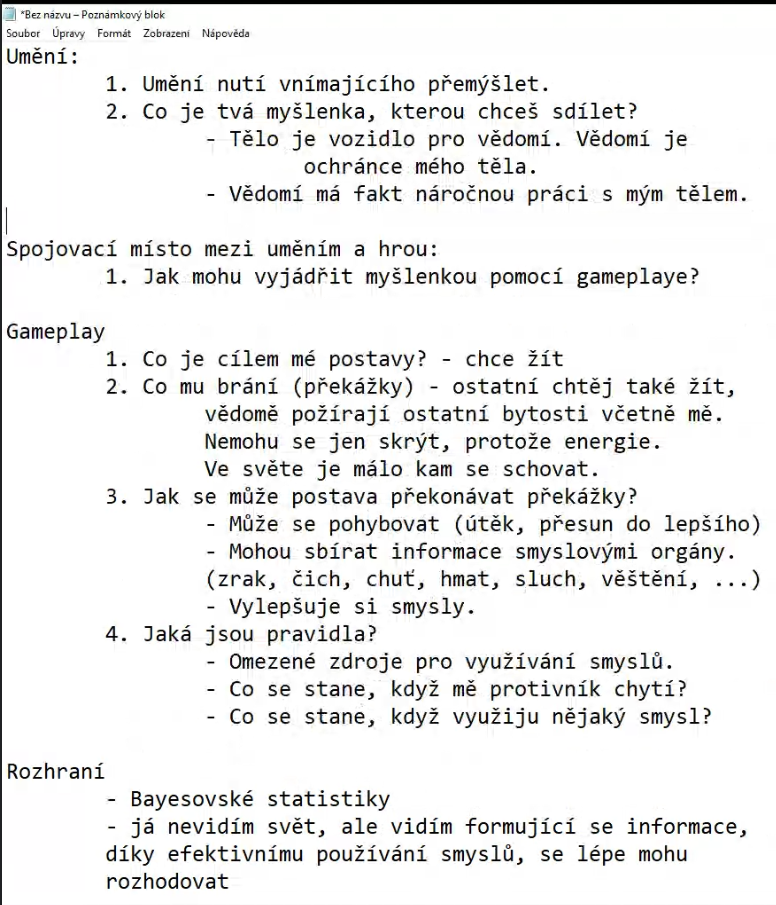
Figuring out what to say and how to say it
The first step in designing a game was to distill down everything I learned into a simple thought that would drive the whole concept. This step proved to be really difficult, because I was so deep in the research that it was hard for me to see the bigger picture. In the end I settled on this statement: “Consciousness gives the meaningless world meaning and every consciousness is different, so it gives the world a different meaning.”
My goal was to let the player understand that there are consciousnesses other then our own and to promt them to think about further implications of this fact. The first concept I came up with didn’t deliver on this goal and in order to prevent future mistakes, I wrote a design brief and a set of principles that would help me to stay on track. Those included things like “orientation in 3D space” and “first person perspective”. I also defined the desired experience as “confusion at first and then gradual uncovering of meaning” and settled on having “switching of perspectives” as my main gameplay mechanic and that the game is going to be in the exploration-puzzle genre.
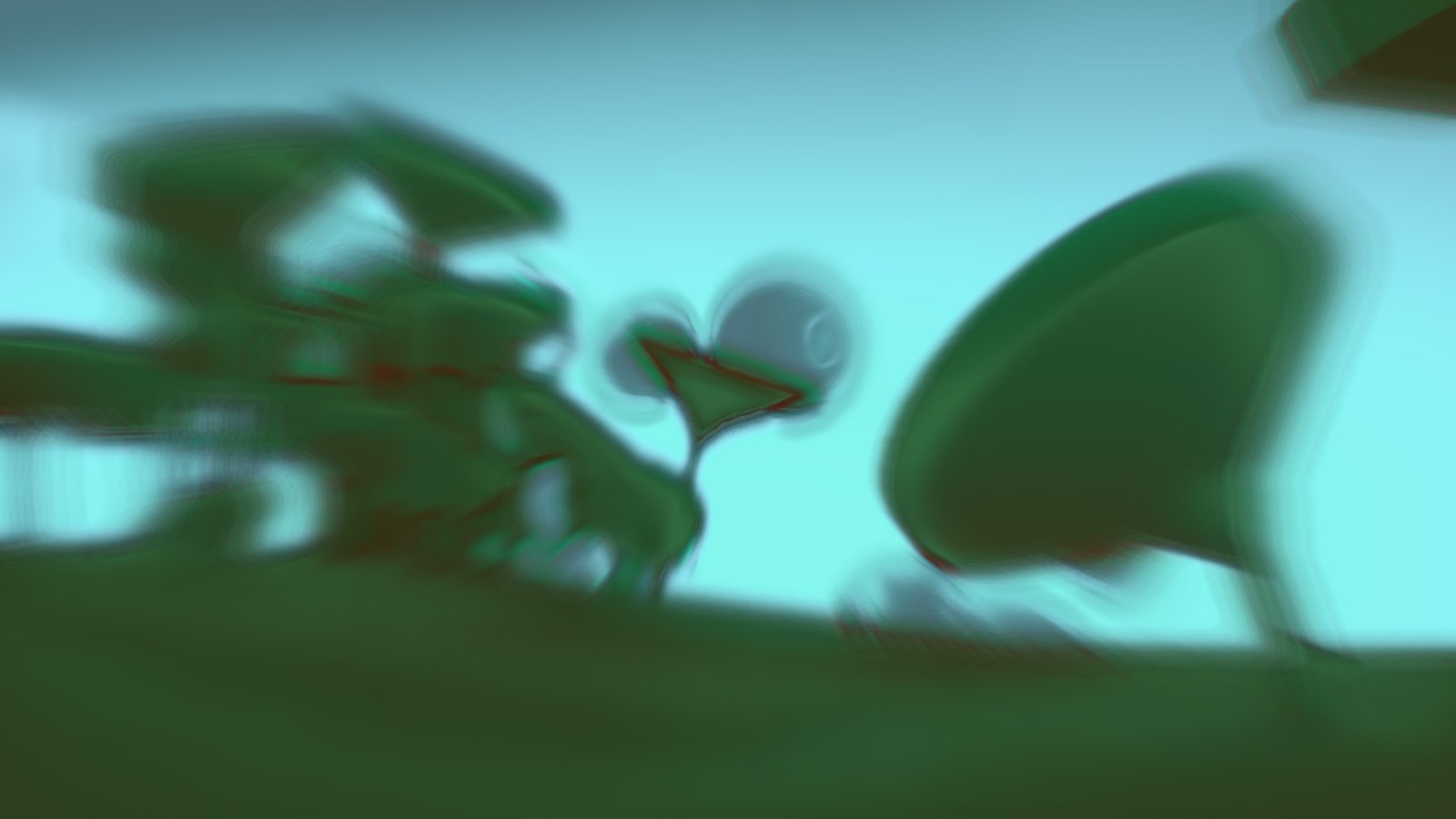
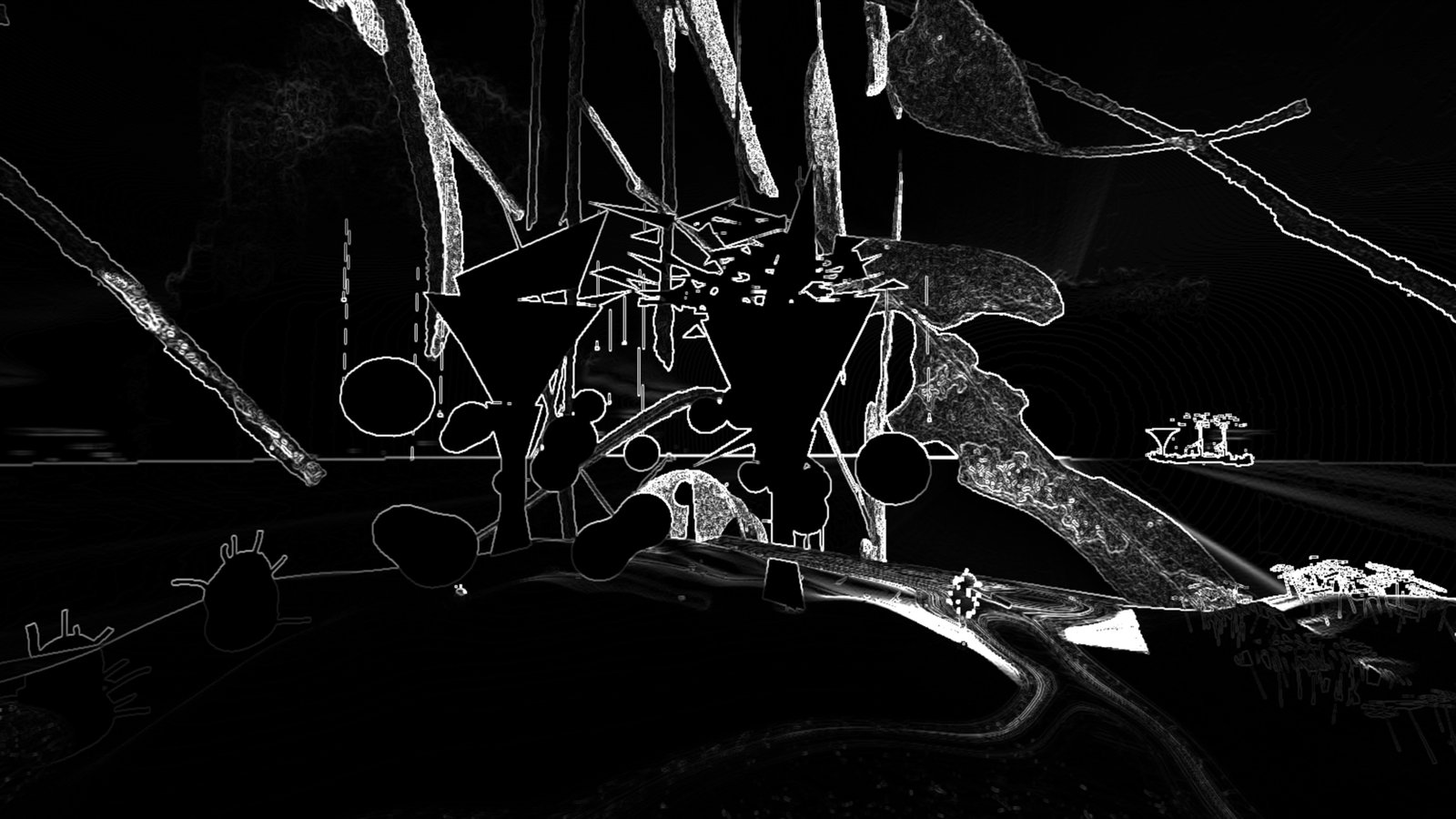
Designing the prototype
With all of this thought out I started to design and build the actual game: the world, the mechanics, the lore. At some point it was also important to decide what are the core aspects of the game that are needed to test the game’s concept. This obviously required some compromises. I for example started only with visual representation of the environment, as that was something I knew how to work with. The prototype then included the perspective switch, movement and simple interaction abilities and simple UI, which was important because the players needed to be able to play the game on their own.
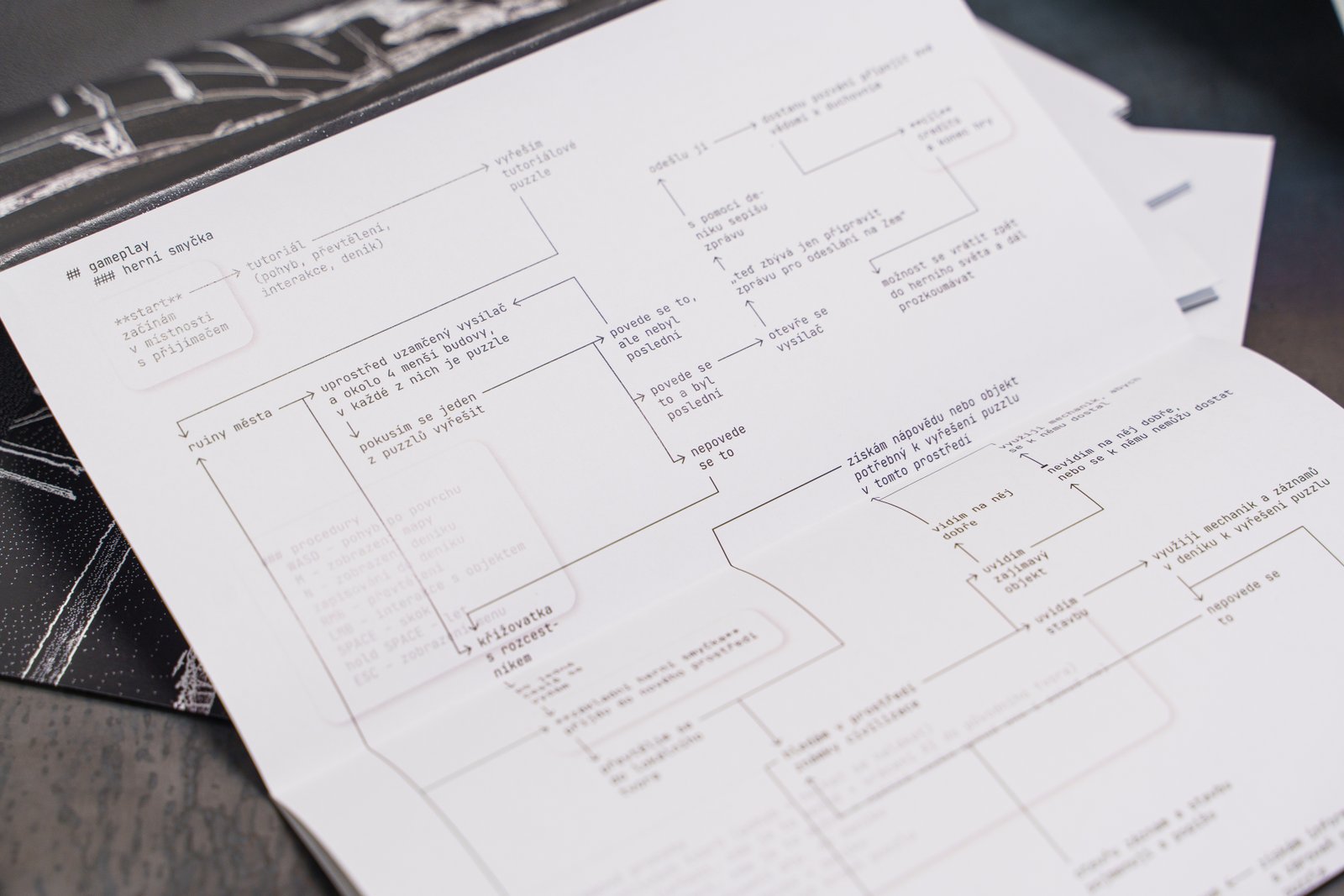
The core mechanic of the game is the perspective switch: an ability that allows the player to embody creatures around them and experience the world through their consciousness, which is in the prototype’s case their sense of sight. This ability is needed to solve puzzles and explore the mysterious foreign planet and its former inhabitants, because there is no “correct” perspective through which the world would make the most sense. This brings into question the ethics not only in regards to whether other “things” have consciousness and what it means (for example, do they feel pain), but also whether and how we should interfere with their bodies and environments.
In order to free myself from the shackles of Earth-like biome ideas, I wrote down a set of parameters and used a simple algorithm to help me generate options for the in-game environment. This environment is then affected by the visual perceptions of the creatures living in it, which are inspired by what we know about animals on earth (mostly taken from the book An Immense World by Ed Yong). The in-prototype interface includes a menu with controls and a HUD (an in-game overlay), which indicates the possibility of interaction or a switch and also shows the creature which the player can embody.

Takeaways
This is a very complex project, which is exactly the type of challenge I enjoy. I had good feedback on the exploration side of the game, with some fellow students spending as much as 20 minutes exploring the environment of The Real Problem during the diploma theses exhibition, so it is safe to say that I was successful in facing the unknown of game design and developement. I learned to let go of my ego and start over. I also learned how to better analyze my work during the process and catch issues earlier and I was pleasantly surprised by my ability to prioritize.
The future of The Real Problem
Since the diploma theses exhibition I attended a small indie game festival, where I tested a prototype focused more on the puzzle mechanics, which is what I am currently working on. The finished game will have several levels each concerned with a different aspect of perception (vision, scale, sound, movement etc.) and will have puzzle mechanics related to that aspect. I also intend to collaborate with more people and get help not only in game developement (which I now have) but also in sound design and storytelling.
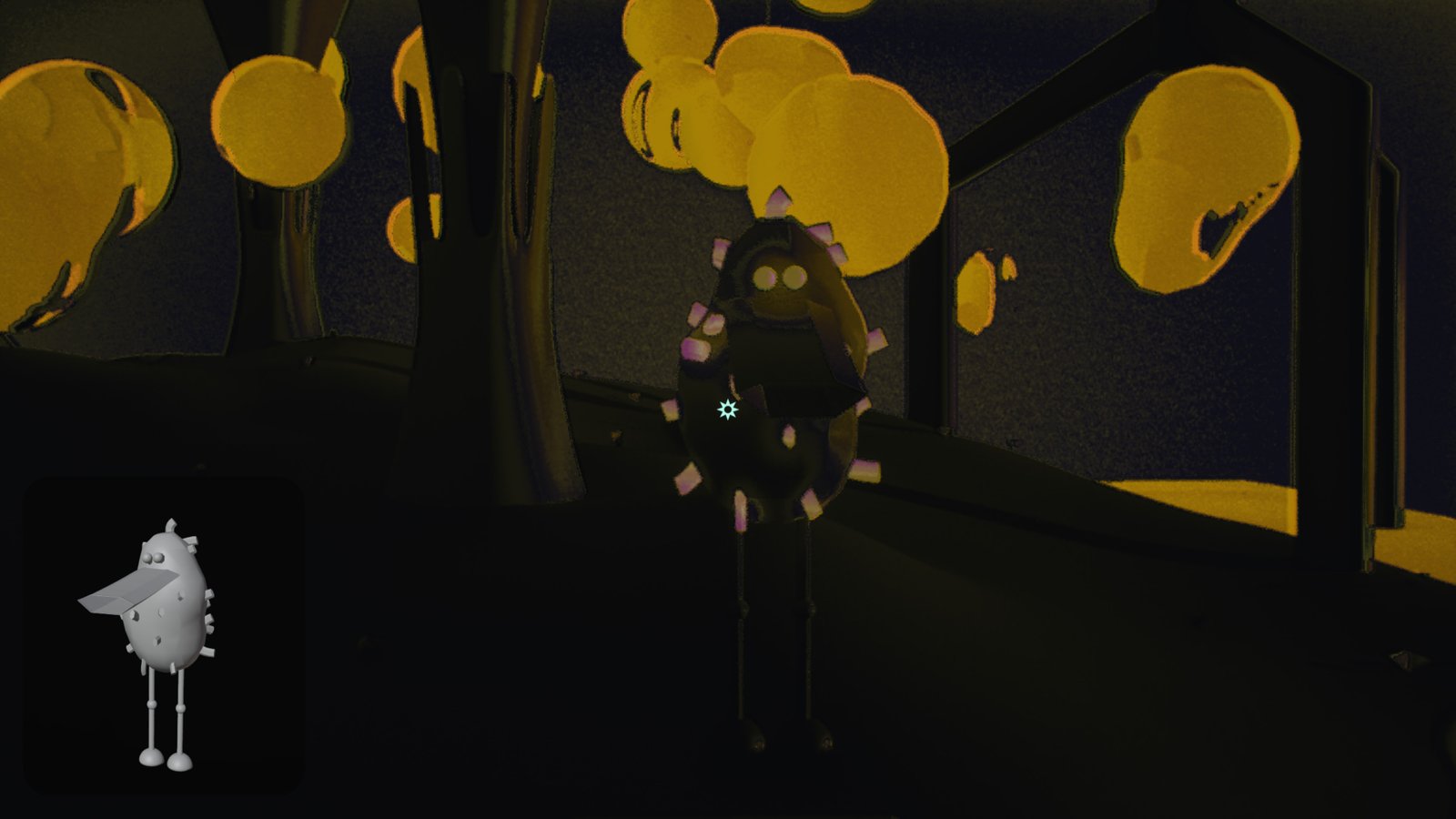
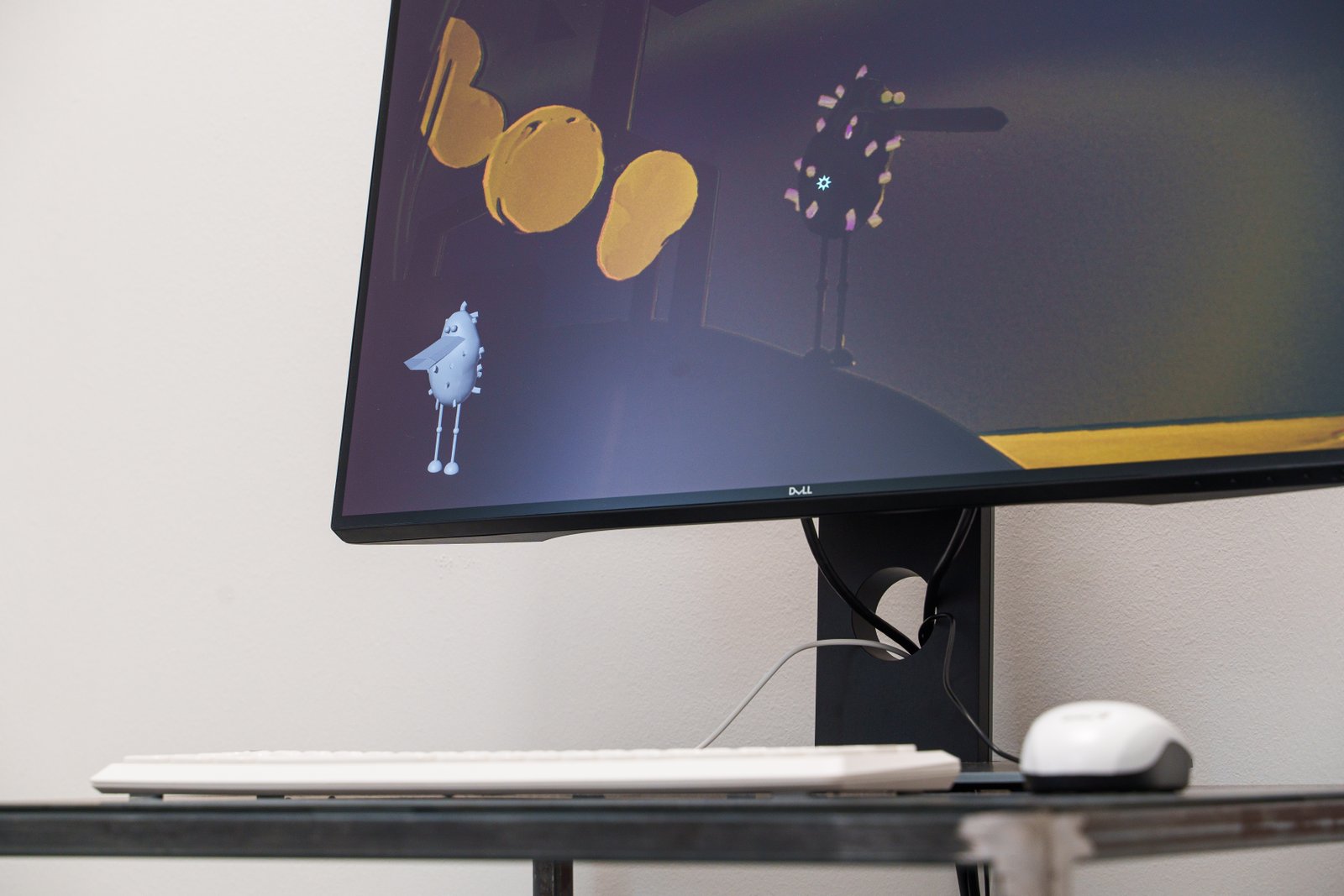
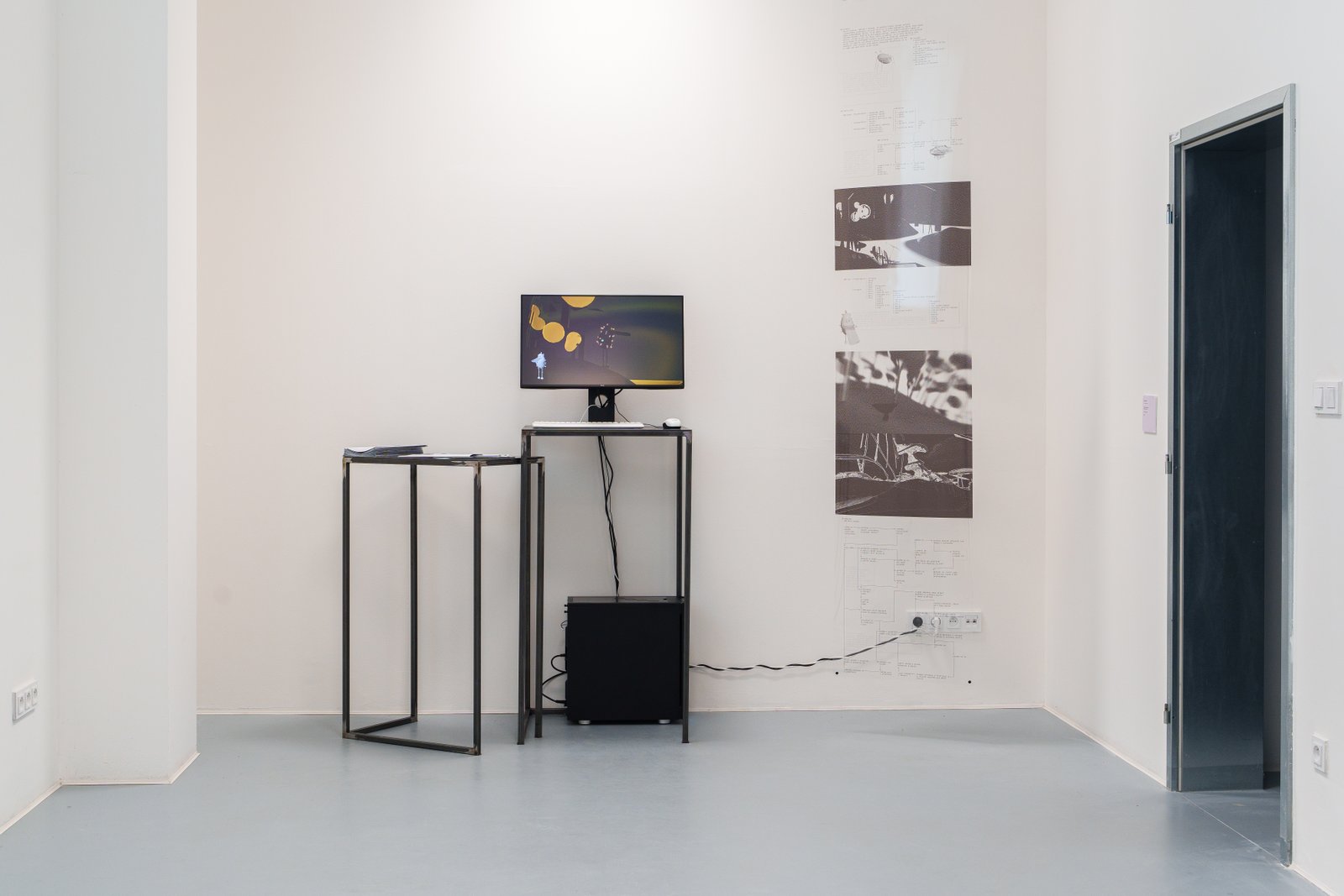
This work was presented at the exhibition of diploma theses in DUÚL, Ústí nad Labem between 23 May–13 June 2024. Fot the thesis, I got a grade of 1 (excellent) out of 4. Due to the nature of the exhibition, it is in Czech, but all future updates will be in English. The demo was developed in Unreal Engine with the kind help of Erik Erben, who has done all of the programming. You can find the demo (for Win and Mac) and all the future updates on itch.io or by clicking the button below.